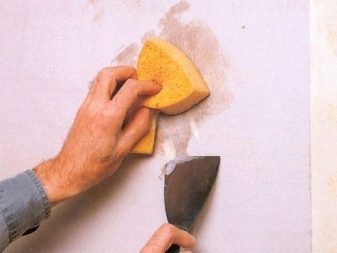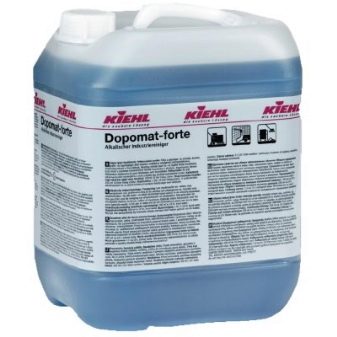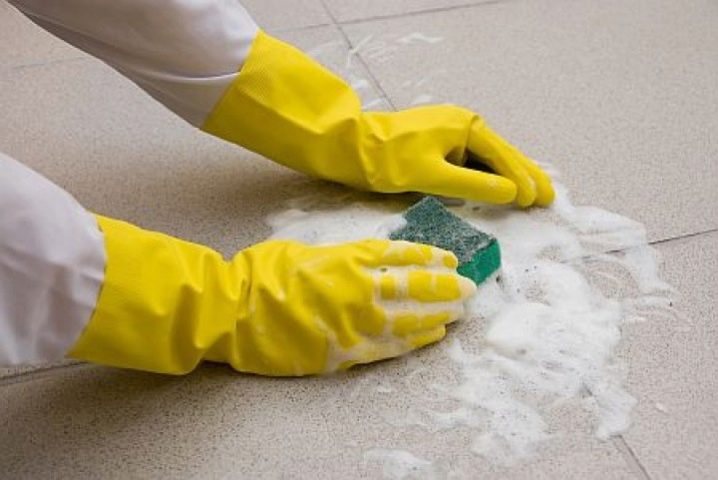What can wash the primer from different surfaces?
Multifunctional material in construction and repair is a primer. Based on the purpose of its use, it varies in composition. This naturally affects the speed, techniques and methods of removing primer stains from contaminated surfaces.
Causes of problems
Deep penetration primer is a building material that will provide strong adhesion of coating layers. Problems with the application of substances in the paint business appear both among experienced craftsmen and beginners. It is only from the outside that it seems that everything is simple. Practical work requires tremendous effort, attention and care. If, despite all the precautions taken, you still slapped the floor, window sills and glass, and such contaminants were not removed immediately, then you still have to work to clean the room from stains.
It is important to remember that many cleaning methods have already been tested in practice, and their effectiveness in restoring the original state of different surfaces has been repeatedly proven. Removing a deep penetration primer is a complex process that is often aggravated by polymerization: building materials harden after they dry.
As a result, it is almost impossible to dissolve the unwashed spots in time.
Try to do the work carefully. Protect the surface from stains.
To do this, use the following materials:
- covering film;
- Scotch;
- masking tape;
- cellophane.
But, as practice shows, many people do not even know about such elementary precautionary measures, others simply ignore them. As a result of this careless attitude to possible consequences, it is necessary to look for methods and techniques that can get rid of pollution. If you see that the drops of the primer are where they should not be, promptly wipe them off with a cloth moistened with water.
You should not delay with cleaning after work, because the primer dries 30 minutes after application, and after a week (or even two) becomes as strong as possible.
It should be immediately noted that there is no universal way of dealing with primer stains. The effectiveness of each of them depends on the characteristics of the surface, which is required to return the original appearance. It would not be superfluous to test one or another product on an imperceptible fragment of a contaminated surface.
Cleaning methods
If the construction material got onto wooden boards, prime the soiled areas with exactly the same material, and then wipe them dry. After that, wipe the surface with a damp cloth. An alternative to a rag in this case can serve as a crumpled paper.
To remove building material from linoleum, cover it with wet rags and leave for an hour or two. After this time, the dirt will absorb moisture. Then gently separate it from the cover. In this case, the blade will help.
Floor coverings can be put in order after repair with an abrasive sponge. Pre-moisten with clean water.
The sponge should be fine-grained. Using an abrasive sponge is an excellent option for cleaning tiles. In this case, you do not have to worry about its integrity and intact.The effectiveness of the method described above also depends on how strongly the material has dried.
Scraper removal
For cleaning smooth surfaces, for example: glasses (windows), glazed tiles and the like, it is most advisable to use a scraper that is specifically designed for such work. Buy such a tool is not difficult. From the outside, it looks like a lowercase letter "T". The scraper is a combination of the blade and the holder. Spare blades are included. The use of this tool for the purification of linoleum is also allowed. The scraper showed good results while working with tiles and glazed surfaces.
Be careful when using the scraper. Do not forget to keep an angle of 30–45 degrees. Move your hand smoothly without scratching the surface. To make work easier and faster, moisten the stains for a while with water. Wash away residual traces with a special cleaning powder. There is a risk of serious damage to the tiled surface, if in the shortest possible time not to remove from it the remnants of building material and household chemicals.
In order to clean the glass of plastic windows or surfaces of similar materials, you should use alcohol or a foam cleaner. It is necessary to prepare one of the solutions, and then apply to the spots. Then it is necessary to clean the soaked spots with a scraper. The proposed substances will ensure the integrity of the treated surface, as well as please with a quick and high-quality effect.
Using a nylon mesh will provide an opportunity to get rid of small drip stains on the windows.
Below are a number of recommendations for its use:
- Lightly press the mesh.
- Move the grid up and down.
- Remove dust from the surface with a damp cloth.
Plastic cleaning
For effective glass cleaning, both home repair specialists and homeowners most often purchase products known as Dopomat and Hodrupa A. These concentrates do an excellent job of removing the primer.
Take 1 liter of cold water in which dilute 10 ml of the substance. Keep in mind that there is a certain risk in their use: the glass may be damaged due to the presence of residues of these substances on the surface.Atlas Szop is quite popular among consumers. This is a cleaning agent that perfectly removes all sorts of dirt, in particular stains of gypsum, lime and cement.
This substance is safe to use on surfaces made of synthetic materials:
- stone;
- ceramic;
- chrome;
- clinker;
- lacquered
It is strictly not recommended to apply this substance on materials that are characterized as unstable to acid.
Proven Substances
Often, after repair, use a special solution designed to wash off paint. This substance is used on different types of surfaces in order to remove stains of building materials. The best option is a wash with no acid.
Representatives of construction companies insist on choosing to use one of these solvents:
- ethyl acetate;
- petrol;
- acetone;
- toluene;
- turpentine.
If the problem persists, full priming is required.
Allowed for cleaning from building materials to use the following substances:
- acids;
- strong oxidizing agents;
- alkali.
Do not use acid to work with tiles.Their use on glass and acid resistant surfaces is allowed. In alkali and a strong oxidizing agent, unlike acid, the range of application is much wider. In addition, in the composition of a strong oxidizing agent there are oxides that do not harm the surfaces.
Useful information
Household acid products intended for cleaning plumbing, it is permissible to use in order to wash away the primer stains from the tile, which has an acid-resistant glaze. Among the population quite popular means of removing dirt is "Mr. Muskul". When using it, you can get a good result when you want to resolve the issue with the remnants of building material on the windows and on other surfaces. Rough surfaces require a tough washcloth. Its application is effective for removing stains from tiles that are coated with glaze.
Moisten a rag and add plenty of baking soda to it. This technique will help to cope with the traces that remained on the linoleum patterns. It is enough to wipe everything well. An effective folk remedy is essence and concentrated vinegar.On the sink and toilet, windowsills and glass will not remain a trace of materials after the repair, if you use this tool. The effect of this substance even after one or two weeks after applying the primer will please with excellent results.
It is worth considering that such a substance is extremely dangerous. Although it will not harm the skin, it can cause a burn of the lungs.
Thus, there is a risk of causing significant damage to health. To protect yourself, when working with this tool, we recommend using a gas mask or paint mask with high-quality filters. In addition, it is desirable to use special clothes.
Using a steam cleaner
Regardless of the type of primer, stains from it can be removed when using a steam cleaner. It is strictly forbidden to use it on glass surfaces (they will burst from uneven heating), but you can easily clean tiles with a porous structure. This technique is used for the most part when working with floor tiles. What happens when processing this technique glazed coating, hard to say.
A steam cleaner is used as follows:
- send steam to pollution;
- At the same time clean with a brush.
In order not to rub the tiles too much, pre-treat the stain with a solvent.
Acrylic Primer and Glass
If, during the repair, there were spots of acrylic primer on the windows, it will be easy to get rid of them. It is enough to treat both glass and tiled surface with warm water, and then wash off stains. There is no need to turn to chemicals, but if the building material contains dyes, then white spirit will help you get rid of stains.
Results
Try to avoid getting the primer on surfaces not intended for it. Note that at its expense, the adhesion of the future finish at the final stage increases, which may affect the decorative plaster, wallpaper, paint, etc., as well as ordinary plaster. In this way, you will save time and avoid additional work, such as cleaning windows or removing the mixture from the stretch ceiling. Primer is important in the repair. If it does not, the walls will crack pretty quickly, and the wallpaper will disappear. Do not refuse it, apply it.
Scrubbing and removing the primer mixture from laminate or porcelain is quite difficult. It also provides good concrete contact, so be careful when working with it. It is advised to acquire only the material that has a certificate of quality. Only in this case you will get the most efficiency when using. Since the primer has a rather sharp smell, then ventilate the room well in the process. Do not forget about your health, protect yourself: use protection techniques to avoid allergies. Follow the safety instructions when working with piercing and cutting tools, for example, when working with a scraper.
How to remove unwanted traces of primer, see the following video.









































